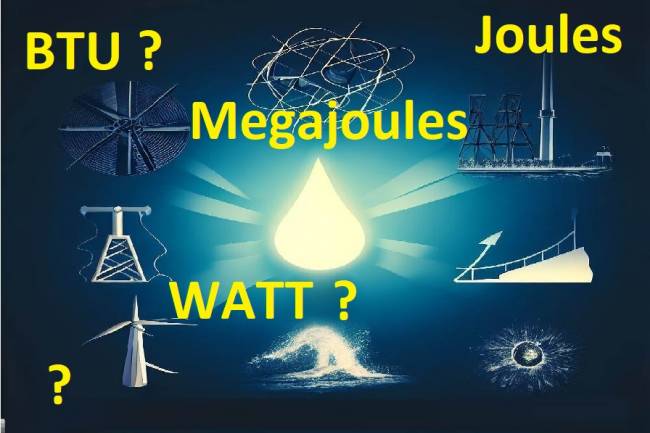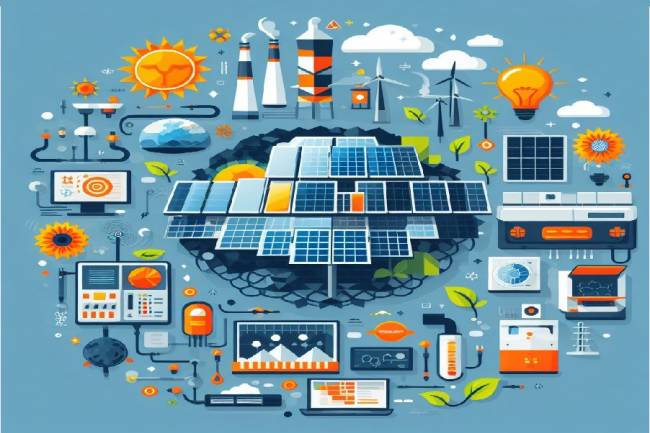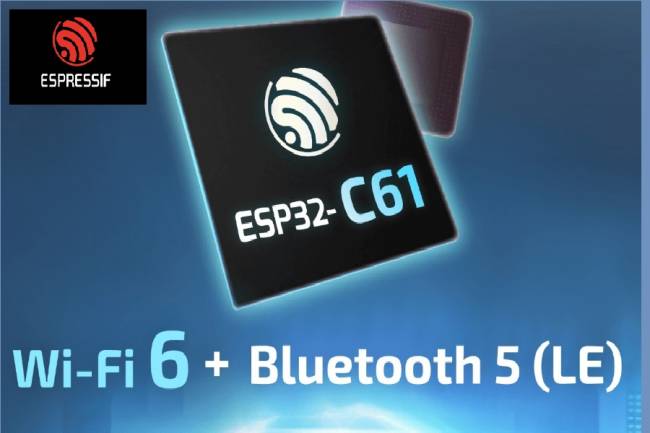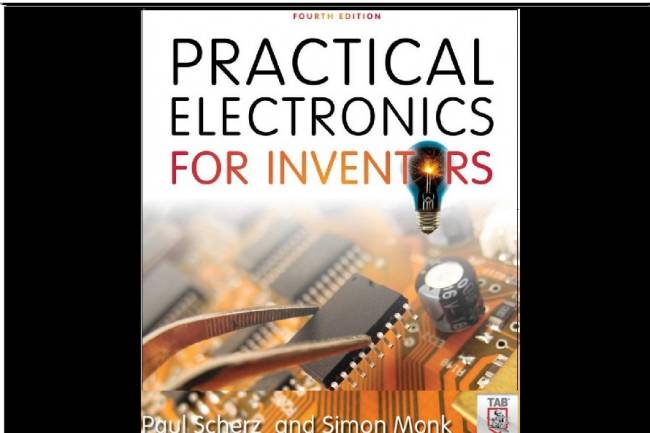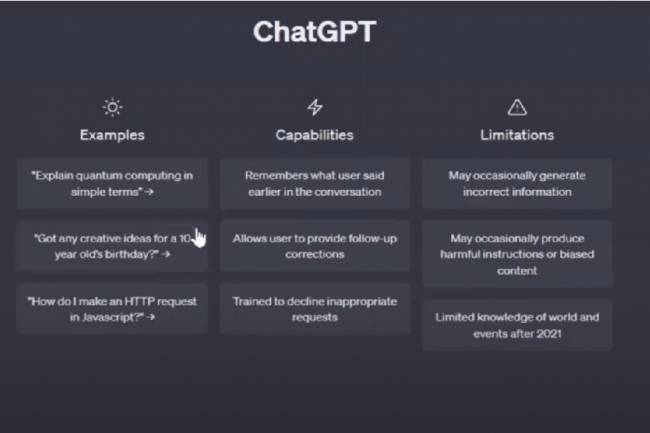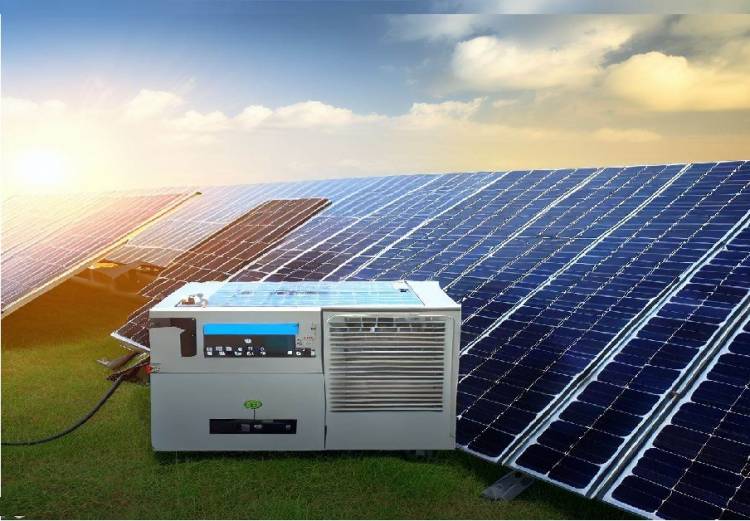
Types and Structures of Photovoltaic (PV) Panels Converting Solar Energy to Electrical Energy
Structure of commonly used Solar panels
Solar energy is gaining more and more attention as an environmentally friendly and sustainable energy source. Developed to use this energy source in the most effective way, photovoltaic (PV) panels work on the principle of converting sunlight directly into electrical energy.
P-type (positive type) and N-type (negative type) semiconductor materials are used in the structure of photovoltaic cells. Photovoltaic cells have a semiconductor structure consisting of P-N combination and they convert solar energy into electrical energy thanks to this combination.
Here are the different photovoltaic panel types and structures:
Monocrystalline Panels:
Monocrystalline panels are the type with the highest efficiency and traditionally the most widely used. Single crystal silicon is used for these panels. Features of monocrystalline panels are:
They have a single crystal structure, which means they have a more regular and homogeneous structure.
High efficiency: Its single crystal structure provides the capacity to absorb more sunlight and generate more electricity.
More expensive manufacturing cost: Monocrystalline panels are more complex to manufacture than other types, so their cost is usually higher.
Polycrystalline Panels:
Polycrystalline panels may have slightly lower efficiency than monocrystalline panels, but are a more cost-effective option. Multiple pieces of crystal are used for these panels. Features of polycrystalline panels are:
Multiple crystal structures: Costs are generally lower because the manufacturing process is simpler.
Lower efficiency: Multiple crystal structures can cause some loss in electricity generation.
Wider range of colors: Polycrystalline panels usually have a bluer appearance.
Thin Film Panels:
Thin-film panels are thinner and lighter than conventional crystalline panels and can be applied to flexible surfaces. Depending on the material chosen, a thin film of amorphous silicon, CdTe, CIGS or organic materials converts sunlight into electrical energy. The features of thin film panels are:
Flexible and lightweight: Thin-film panels can be applied to different surfaces and used in portable devices.
Low-cost manufacturing: Manufacturing processes are generally simpler and less expensive.
Lower efficiency: Currently available thin-film technologies can provide lower efficiency compared to conventional crystalline panels.
Each type of photovoltaic panel has its own advantages and disadvantages. The choice should be made depending on the needs, budget and conditions of the project. With the developing technology, the efficiency and cost of photovoltaic panels are constantly improving, helping to make solar energy more common and accessible.



